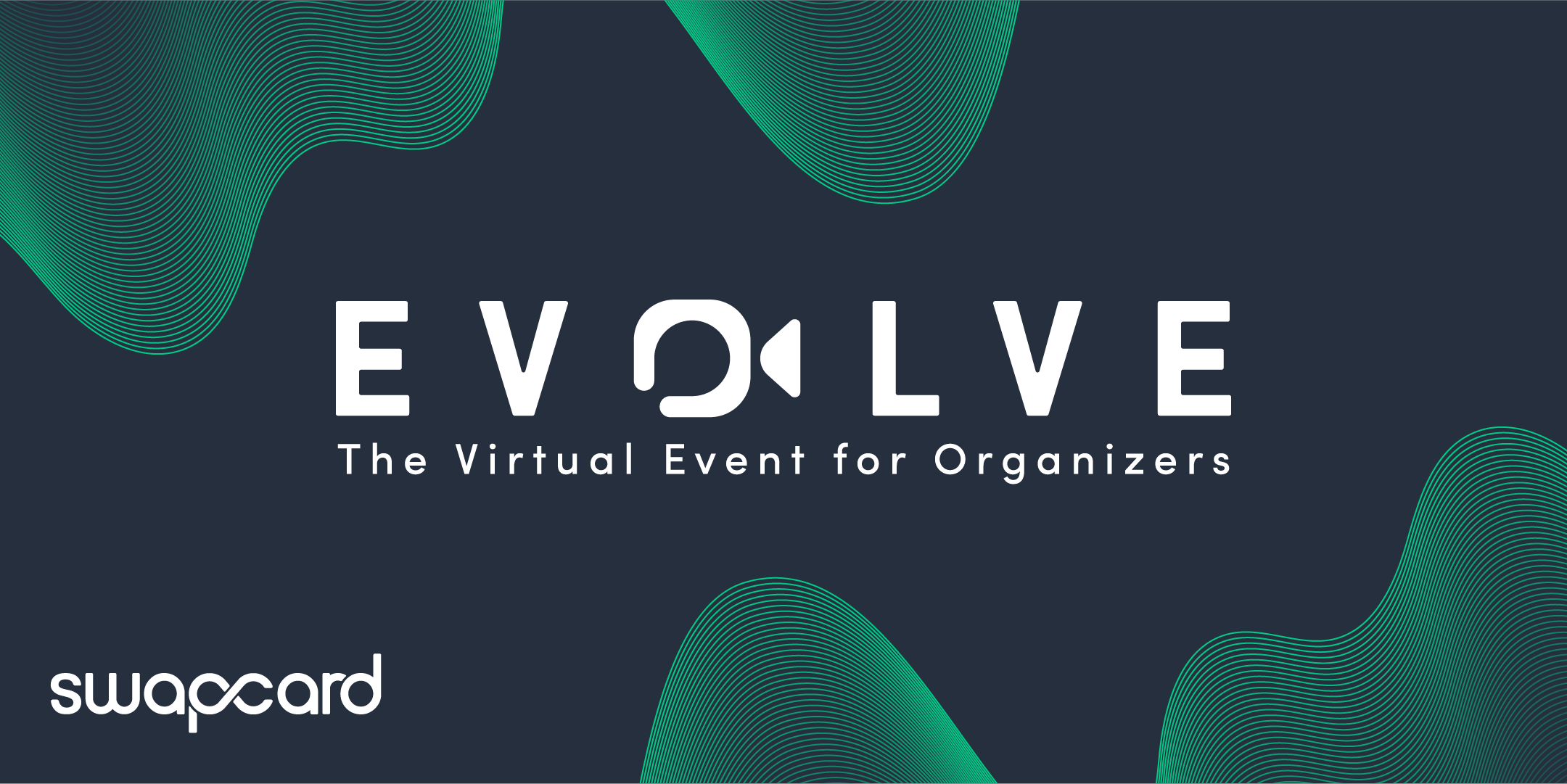We’ve all attended so many virtual events over the past year they’re starting to blur into one. But before being forced to go online due to COVID-19, the event industry was already on its way to a technological revolution, just like the retail industry implemented online shopping years ago. Today, most people spend the majority of their time online, but the in-store experience has by no means become obsolete; it’s complemented by the opportunity to browse and discover online.
What’s happening with events today is that most interactions are moving online, but that will by no means kill the value of in-person meetings. If anything, it’ll render physical events more memorable and meaningful.
What the industry has learned from virtual
- COMMUNITY IS KEY
In a year where most people have been working from home and feeling isolated from their communities, virtual tribes have stepped up. It's not the same as grabbing a coffee or shaking hands, but online networking, sharing and exchanging have allowed people to remain connected, even when miles apart.
- ENGAGING EVENTS BECOME IMMERSIVE EXPERIENCES
To maintain audience attention for longer than 30 seconds, content has to be presented in multiple ways - slides, text, videos, images, visual aids, graphics and the speaker's face. Audiences can quickly become distracted, so they need a chance to interact every 10 minutes during a session. That includes chat features, Q&A, live polls and roundtable video or audio-only breakouts. Without engagement opportunities audiences lose interest - so make sure you’re constantly drawing them in with activities, encouragement and entertainment.
- DATA-DRIVEN EVENTS THRIVE
There is a lot more data to be collected on a virtual platform than at an in-person event, and data powers organizers and exhibitors to keep improving their offerings for attendees. Data can be used by the platform to tailor connections and suggestions for attendees and exhibitors to create new business relationships. Behavioral and demographic data are valuable tools for organizers and will undoubtedly require the continued use of virtual platforms, even when the industry can travel and meet again.
- PLATFORMS MAKE OR BREAK A VIRTUAL EXPERIENCE
The biggest mistake an event planner can make is running a complex virtual event on a webinar tool. During a virtual event, the platform is the venue and has to be immersive. All-in-one event platforms play a critical role in an event’s success. They offer registration, live streaming, audience interaction tools, networking features, AI-powered matchmaking, data dashboards and easily tracking & analytics.
Virtual events are not without challenges, however. Lower ROI for exhibitors, inefficient use of virtual platforms, lack of authentic, serendipitous networking opportunities and less motivation to buy online are some of the obstacles that virtual organizers and exhibitors face today. Some say a 100% virtual model is not sustainable. That poses the question: what is the future of the event industry?
The future of events
Despite the challenges of in-person and virtual events, there is room for both formats in the industry's future. There’s even room for a hybrid format. 4 billion people worldwide have been under some level of lockdown over the past year, so when vaccines become more accessible, and travel opens up again, people will be eager to meet and shake hands again. But attendance at in-person events will not spike forever as companies will have smaller travel budgets and managers will realize how inefficient traveling is after a year or more of remote work and constant availability of employees.
The future of events is a hybrid strategy combining in-person and virtual aspects to build and engage a community all year long, providing attendees and exhibitors with strategic touchpoints and opportunities that best suit their needs. A menu of items will be available for planners to choose from. Certain events have proven to be more effective and successful in a virtual format, and are other types of events that will return to an in-person format when possible. However, one thing is sure, however: a virtual platform will connect those communities all year long, offering regular virtual meetings and networking opportunities as well as touchpoints for exhibitors to nurture their leads in the build-up to the less regular hybrid or in-person event.
Community is key to a hybrid strategy
Even after more than a year of disruption and changes in the industry, the reason for holding events has not changed - the “why” remains to meet people, network, learn, and engage with a community. The medium may differ, but event planners are learning to reach the same objectives through various formats.
A hybrid strategy for events goes hand-in-hand with the communities those events attract. What people need above all else is to belong - a sense of community. Events will move from being three days of physical interaction per year to becoming 365-day communities with an online platform for networking, engagement and learning, accompanied by a hybrid experience of in-person meetings and exhibitors with virtual streams a few times a year.
The idea of creating a virtual community isn’t a new one - look at Xbox, Starbucks, Lego, Peloton, GoPro and Adidas, to name a few. They are all betting on building tribes around their brand, and it’s paying off.
The new business model
Embracing technology and implementing a new business model will be crucial to securing a competitive advantage in the event space over the next few months. Event planners need to be creative and innovate when it comes to hybrid event strategies.
Starting with ticketing, organizers need to implement subscription pricing models based on membership in a community, then incorporate scalable fees for leads generated on virtual platforms throughout the year by exhibitors. Selling square feet for booths at annual in-person events will be another level of pricing to take into consideration, perhaps with discounts for members of the community and virtual booths as opposed to non-members and physical booths. These are just some examples of the potential benefits that can be optimized when virtual and in-person events meet through a year-round community platform.
Up 80% of interactions will occur online in the coming years, even after COVID-19 is a thing of the past. The event industry is heading towards a bright future with a tech-centric focus, more effective in-person exchanges, plenty of options to suit each event’s goals, and more efficient networking.

.png?width=2501&name=Banner%202%20(1).png)
.png?width=1251&name=Banner%203%20(1).png)








